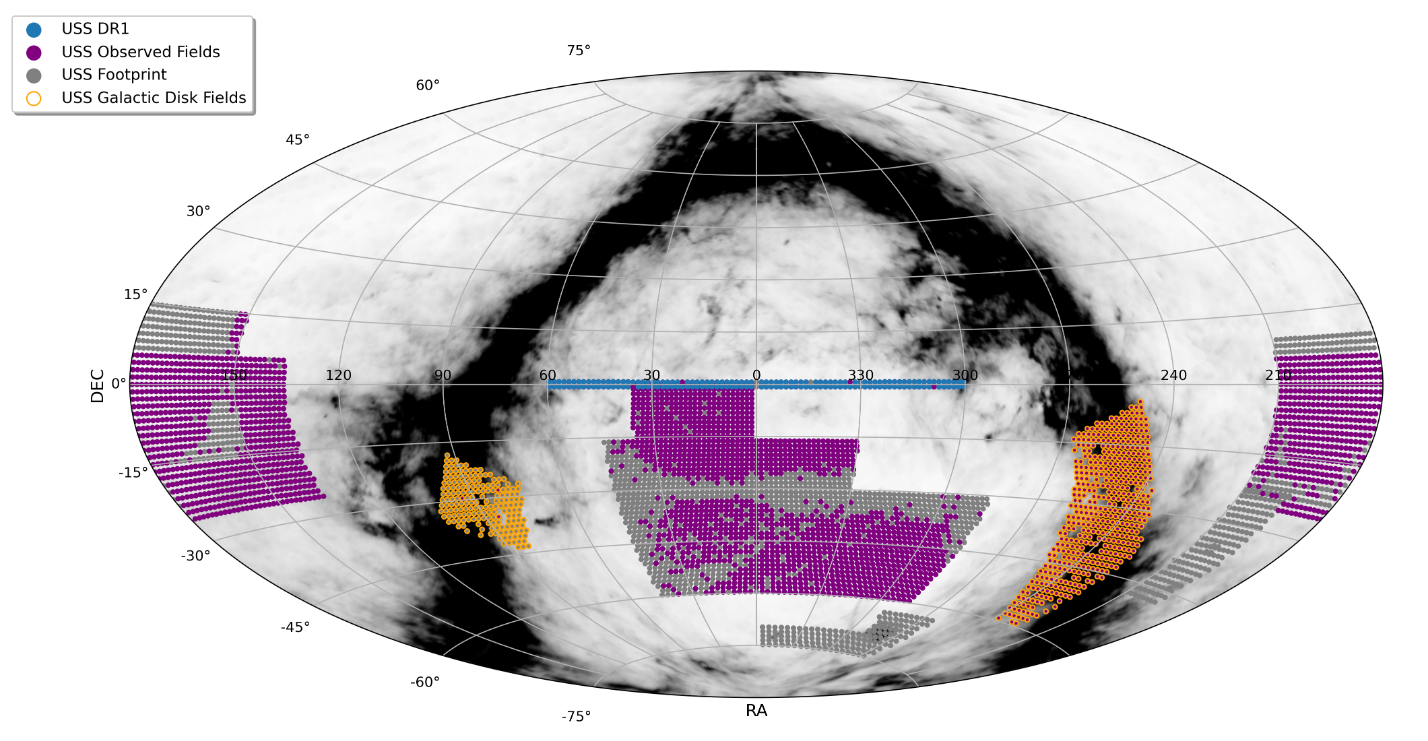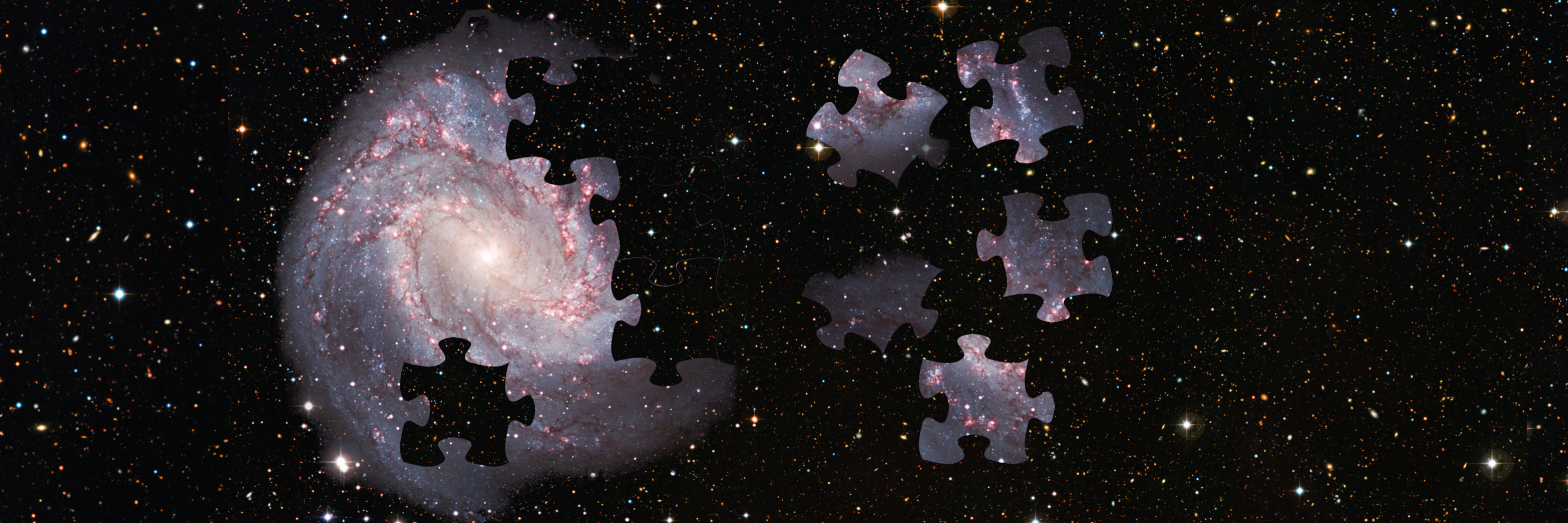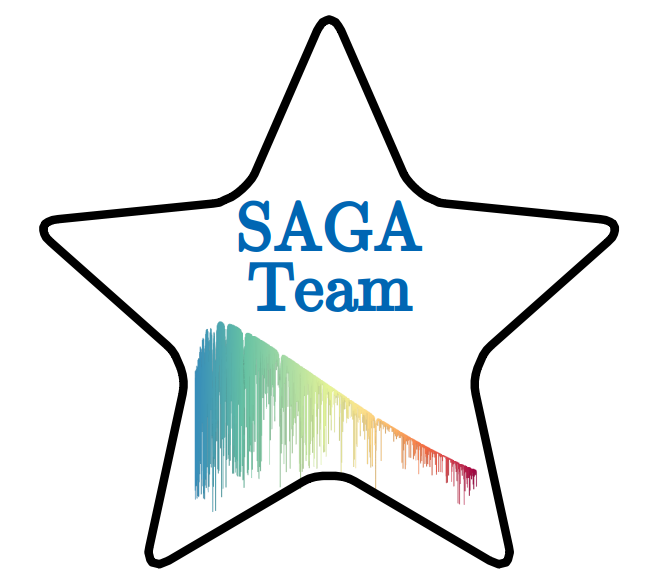
Search for similar stars in large spectroscopic data sets
The similarity analysis module of CHESS can speed up the implementation of the differential analysis method in large spectral data sets.
A research project by the SAGA Team at CAMK/PAN

The similarity analysis module of CHESS can speed up the implementation of the differential analysis method in large spectral data sets.

The curious case of the Sun’s missing lithium. Read about a research note with participation of the CHESS team!

How Sun-like stars wipe out lithium (and why it matters). Read about a new paper with participation of the CHESS team!

Read about a new paper with participation of the CHESS team: "Probing the Origins I: Generalised Additive Model inference of birth radii for Milky Way stars in the solar vicinity".

Two contributions from the SAGA Team to the proceedings of "IAU Symposium 395: Stellar populations in the Milky Way and beyond".

Searching the Milky Way for bright metal-poor stars! Read about a new paper with participation of the CHESS team: "The S-PLUS Ultra-Short Survey: first data release".

Read a description of the first paper of the project: "The Gaia-ESO Survey: Old super-metal-rich visitors from the inner Galaxy"

Read a description of the second paper of the project (directly connected to the first paper): "The Gaia-ESO Survey: Probing the lithium abundances in old metal-rich dwarf stars in the solar vicinity"

New paper with participation of the team involved in the CHESS project: "The Gaia-ESO survey: Mapping the shape and evolution of the radial abundance gradients with open clusters"

New paper with participation of the CHESS team: "The Gaia-ESO Survey: Preparing the ground for 4MOST and WEAVE galactic surveys. Chemical evolution of lithium with machine learning"

The CHESS team contributed to the science white paper of the Wide-field Spectroscopic Telescope (WST), a planned 12 metre telescope fully dedicated to multi-object spectroscopy.

CHESS is a pipeline for the large scale analysis of stellar spectroscopic data. It's goal is to enable the extraction of complete, precise, and accurate chemical abundances from large samples of stellar spectra. CHESS relies on a combination of the physical modelling of stellar spectra with machine learning methods.
This project is going to provide multi-elemental stellar chemical abundances of unprecedented quality for a sample of more than 10 000 F-, G-, or K-type stars observed with the UVES spectrograph (Ultraviolet and Visual Echelle Spectrograph). The project aims to reveal the sequence of events that describe the chemical evolution of the Galaxy from the early stages to the present. By playing (running) CHESS with (a large sample of) stars, a quality jump in the determination of stellar chemical abundances will be achieved and, as consequence, we will take the understanding of the Galactic chemical enrichment to whole new level.
The SAGA Team is a research group at the Nicolaus Copernicus Astronomical Center (CAMK) of the Polish Academy of Sciences (PAN), Warsaw, Poland.
We explore the secrets of the Milky Way using stellar chemical abundances.

Our research interests include stellar evolution, Galactic stellar populations, large spectroscopic surveys, stellar nucleosynthesis, and the chemical composition of planet-host stars. Visit the webpage of the Team P.I. for more information.

"The history of C, N, and O in the Galaxy". A project of the SAGA Team funded by a DAINA grant of NCN, running from January 2025 to January 2029, in collaboration with a team lead by doc. dr Šarūnas Mikolaitis (Institute of Theoretical Physics and Astronomy, Vilnius University, Lithuania).

"The old Milky Way: a holistic approach to an accurate analysis of metal-poor stars". OLD-MW is a new project of the SAGA Team done in collaboration with the group of Prof. Norbert Christlieb, University of Heidelberg. The project is funded by an OPUS-LAP grant co-financed by NCN and DFG.